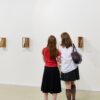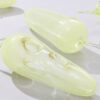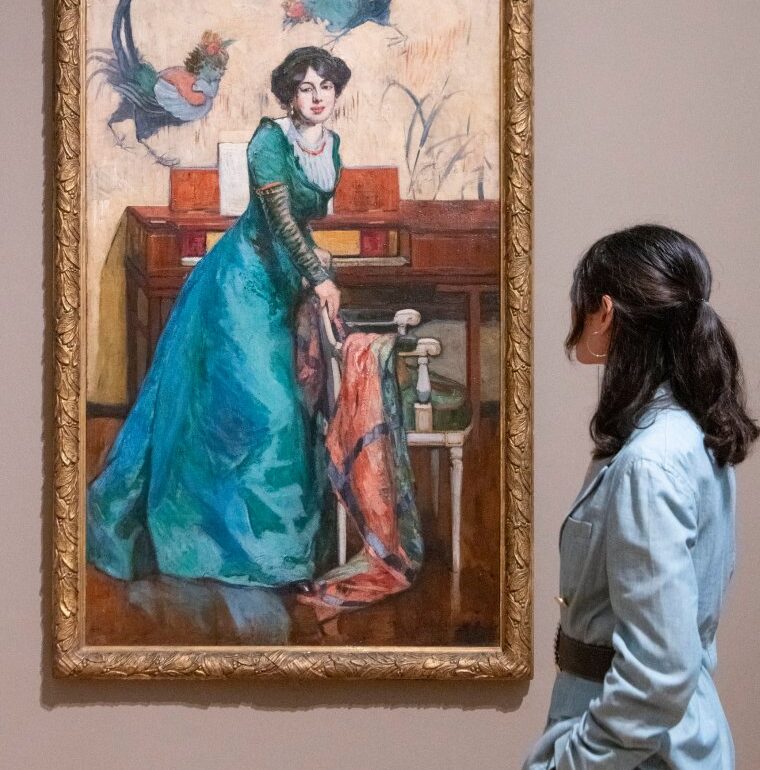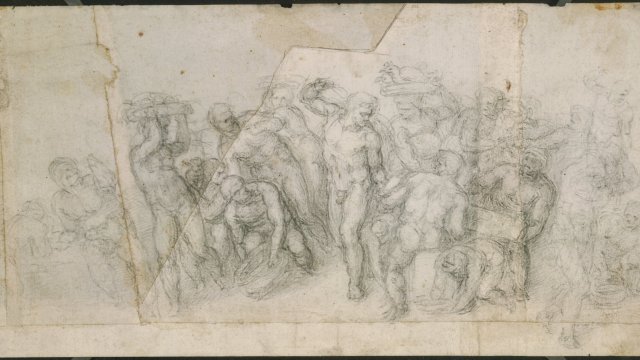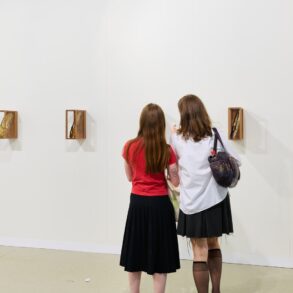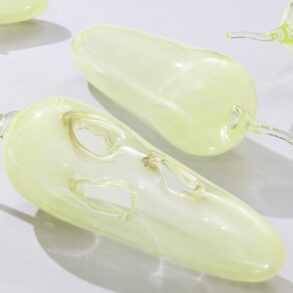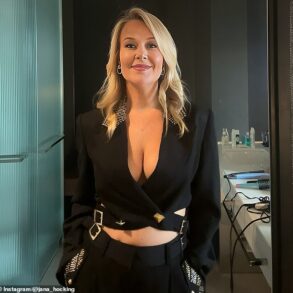Tate Britain’s historic new exhibition is called Now You See Us. A longer title is implied: Now You Don’t.
Through 200 works by more than 100 professional female artists working in Britain between 1520 and 1920, it explores the colossal and sustained vanishing act that has denied the very existence of artist women, and in doing so, made fools of us all.
The ambition and scope of this chronological survey would have seemed impossible only a few years ago, faced with overwhelming scepticism about the existence, let alone the quality, of candidates for inclusion. But things are changing. Last year’s rehang of the gallery’s permanent collection increased the number of women artists on display; this exhibition curated by Tabitha Barber assisted by Tim Batchelor is the latest and perhaps most dramatic moment so far in the ongoing project to reinstate women in the history of art.
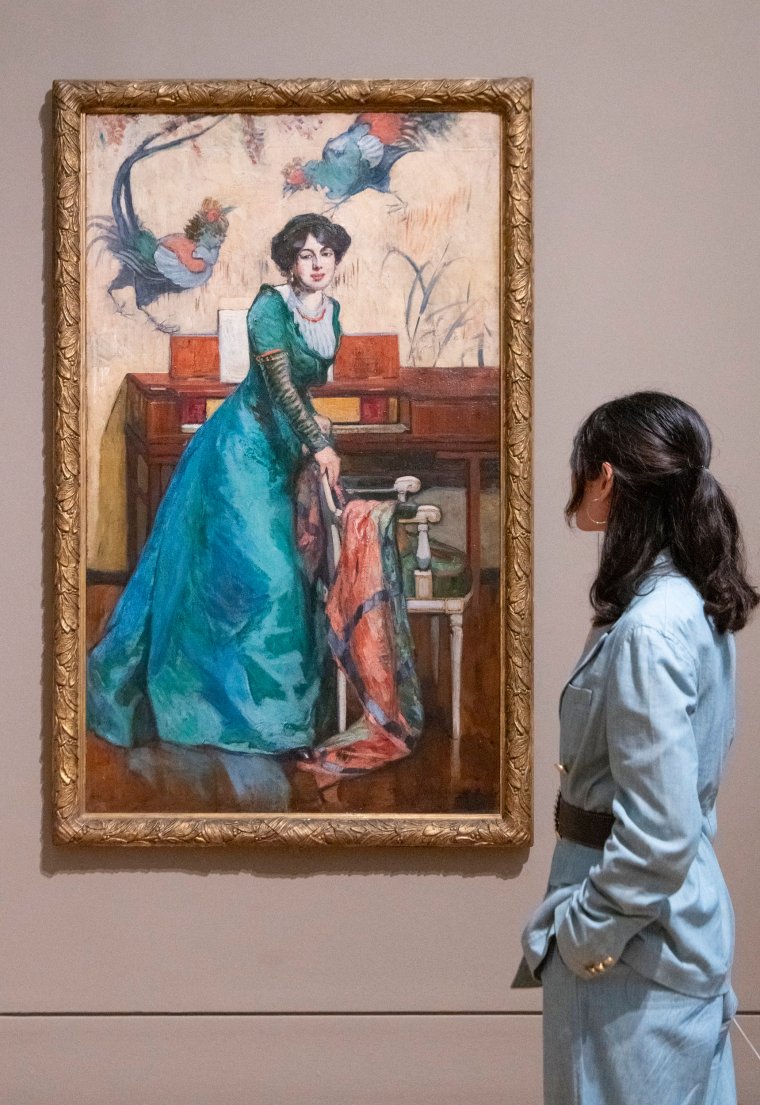
Shows on “forgotten” female artists have become de rigueur in the past few years, and Now You See Us picks up the baton to address the lie that lurks behind every well-meant “rediscovery”. Artist women have rarely been forgotten, or lost. Instead they have been deliberately omitted or removed from art history, despite considerable success and recognition in their lifetimes. As long ago as 1876, Ellen Creathorne Clayton complained that they were “viewed with half contemptuous indulgence”, leaving “but faintly impressed footprints on the sands of time.”
The show opens with Angelica Kauffmann’s allegorical figure Invention (1778-80), one of four ceiling roundels made for the Royal Academy, and Artemisia Gentileschi’s Self-Portrait as the Allegory of Painting (La Pittura) (c.1638-9). Though both are triumphant peaks of female visibility, here they feel bittersweet, the freakish exceptions to the rule that have made way for the suppression of so many more, less starry, artists.
Who, after all, has heard of Esther Inglis, whose manuscripts contain Britain’s earliest female self-portrait, or Levina Teerlinc, a miniaturist in the Tudor court? Their tiny, exquisite works are not shown to their best advantage sandwiched between Kauffman and Gentileschi, though the arrangement emphasises their contrasting fortunes. Both were respected artists in their day, and their stories were probably never recorded at all, instead subsumed instead into those of the men around them.
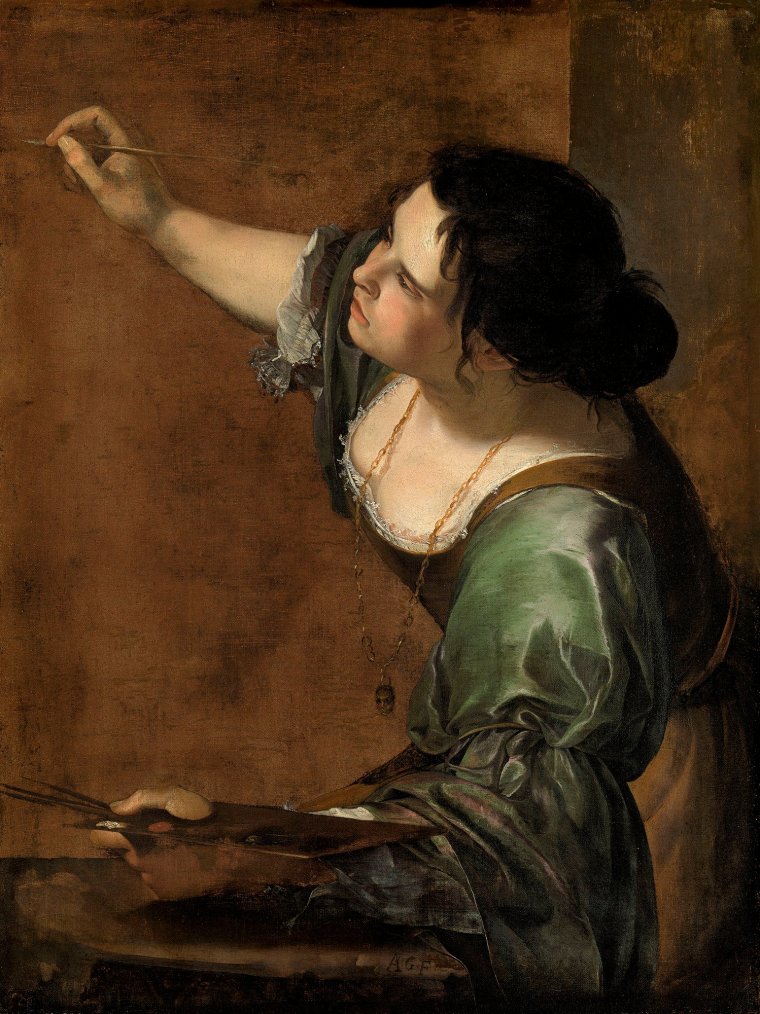
Women’s complicity in their own erasure adds a significant difficulty, and is a reminder not only of the often precipitous line that had to be trodden by women venturing out into the world beyond their front door, but of the systemic inequalities that continue today to shape society’s assumptions about male and female roles and aptitudes.
One intriguing inclusion is a small pencil drawing by Maria Flaxman, of John Varley, William Mulready and others sketching at a table (1803). For “others”, read, “women”, among them Matilda Lowry and Maria Denman, both successful, prizewinning artists; Flaxman herself exhibited at the Royal Academy, and William Blake made engravings after her work.
This sketch, along with other remarkable finds, such as a copy of a Van Dyck Virgin and Child, the only known work by Anna Maria Carew, who was appointed the official copyist of the King’s pictures in miniature in 1662, are the tantalisingly “faint footprints” of creative and enterprising women, at a time when they were often reduced to little more than ornaments, domestic servants, and incubators.
Middle- and upper-class women were encouraged to take up painting and drawing as part of a portfolio of accomplishments that included needlework and music, but undertaking professional training, or turning these skills to commercial ends, was another matter. And yet here is an unexpected, exhilarating room hung with large-scale paintings by 17th-century professionals, including portraitists Mary Beale and Joan Carlile.
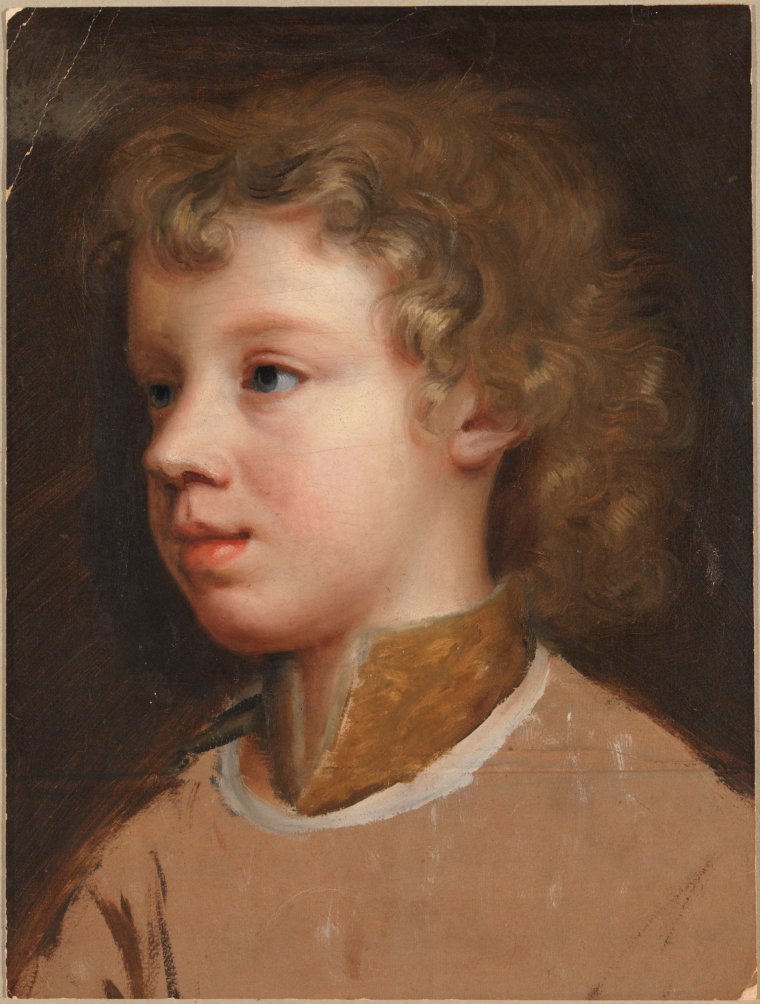
The first public art exhibition in London took place in 1760, and the curators estimate that over the next 70 years around 900 women participated in such events. Perhaps inevitably, it didn’t take long before steps were taken to limit their involvement, with “needle-work, artificial flowers, shell-work, or any such baubles” banned from Royal Academy exhibitions just two years in. Watercolour and pastels, portable media more accessible to women with no studio or equipment, were similarly belittled, described by Joshua Reynolds as “what ladies do when they paint for their own amusement”.
Despite their being sidelined, maligned, and denied access to tuition, in the 18th century many more women artists were in the public arena, with events such as the Summer Exhibition hot tickets on the social calendar.
They weren’t easily fobbed off by patronising entreaties to focus on the “ladylike and truly feminine accomplishment” of flower painting, either. Here a room dedicated to “The First Exhibitors” presents an array of large scale and intellectually weighty works, from portraits to history painting and religious subjects, its worthy centrepiece Maria Cosway’s fabulous portrait of Georgiana, Duchess of Devonshire, as Cynthia, that made Cosway’s name when it was first exhibited in 1782.
This show does good work in exploring what it was that women were actually doing amidst all the endless bans and prohibitions, something that is often rather difficult to ascertain. A glimpse comes by way of studies of male nudes drawn from the life, showing, as if we were in any doubt, that the two female founders of the Royal Academy, Angelica Kauffman and Mary Moser, were prepared to offend against propriety by somehow securing themselves live models.
The principal focus here is on painting, and the small number of sculptures may (though it is not entirely clear) reflect the number of professional women sculptors at work over the past 400 years. As a physically demanding discipline, which required access to tools and space, sculpture was even less accessible to women than oil painting, and yet by the mid 19th century, several had come to public notice, including Edmonia Lewis, a sculptor of Black and Native American heritage who spent the last years of her life in London.
Inevitably this is a show largely comprising middle- and upper-class white women, for the most part fulfilling commissions that would otherwise have gone to male competitors. Showing herself more than capable of handling conventionally male subject matter, Elizabeth Butler’s military epic The Roll Call was received by the Royal Academy’s hanging committee in 1874 with “huzzahs”, accorded the honour of being hung “on the line” at eye level, even squeezing praise from John Ruskin, who said he had “not seen the like since Turner’s death.”
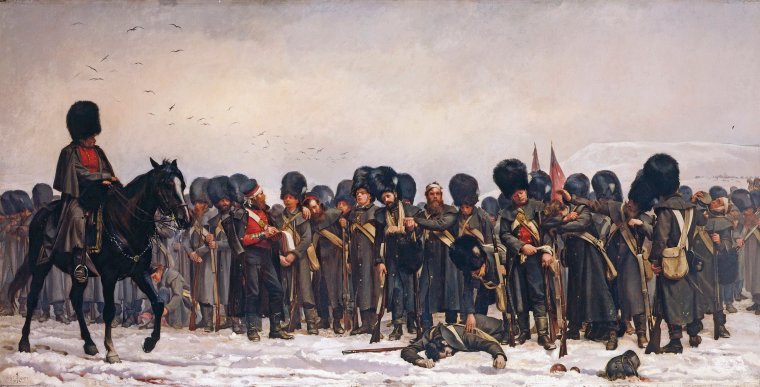
Elsewhere however, a specifically female viewpoint seems to inform works focused on the plight of marginalised groups: with a Black woman as its central figure, A Young Teacher (1861) by the Jewish painter Rebecca Solomon foregrounds class, race, gender and education.
Reflections on the experiences of women artists offer some of the most entertaining and original inclusions, with Louise Jopling’s A Modern Cinderella (1875) highlighting the incredible hypocrisy faced by women artists depicting even a hint of nudity. In Florence Claxton’s satirical “Woman’s Work”: A Medley (1861) only the French painter Rosa Bonheur has managed to achieve independence from men.
The final room, “Being Modern”, is a feast for the eyes, with highlights including works by Ethel Sands, Ethel Walker and Sylvia Gosse. It acknowledges the continuing limitations placed on artist women, but it can’t help but sound a false note of optimism.
Bringing down the curtain on 1920 allows the unbearably hard-won freedoms gained during the First World War to triumph untarnished by the unfolding tragedies and disappointments of the following decades.
And as the exhibition edges closer towards our own times, chiming ever more closely with our own experiences, the omission of women’s domestic challenges presents itself most forcefully. “The pram in the hallway” remains the gravest and fiercest of enemies to women’s creativity.
This post was originally published on this site be sure to check out more of their content

